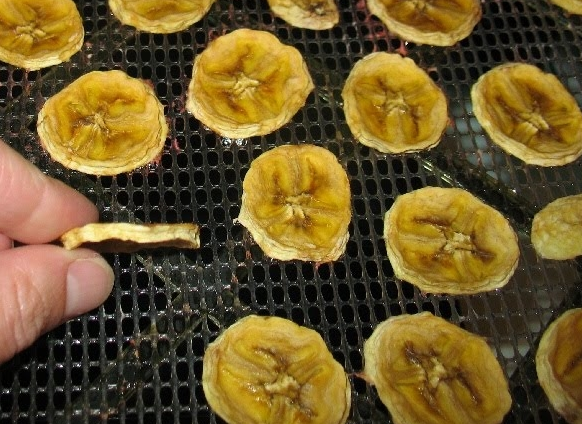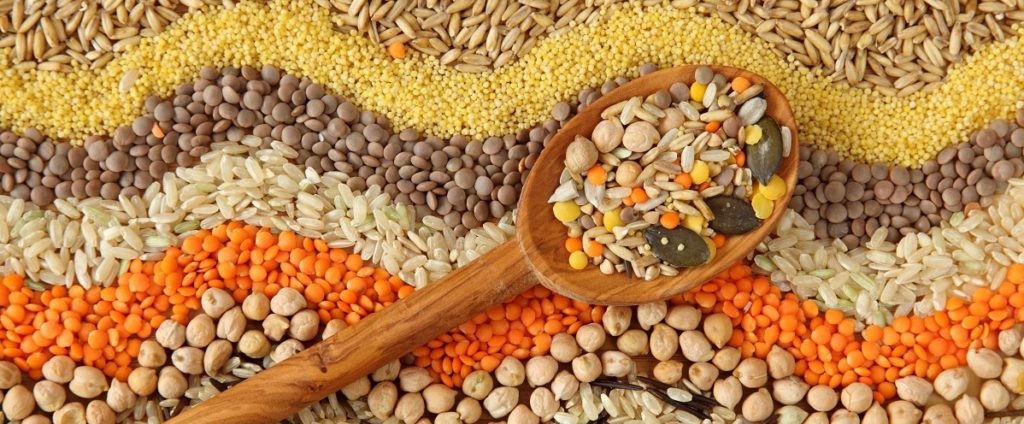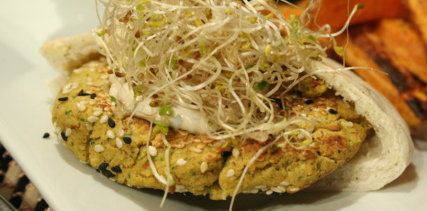I have been continuing to fill my pantry as I do my normal grocery shopping. I’ve also picked up some bulk items from Costco and from the online retailer, Boxed.

The way my son loves banana chips, I can probably recoup the cost of the dehydrator in record time! 😉
As I build my pantry and gather recipes using LTS ingredients to test, I have felt the lack of the ability to dry and vacuum seal my own foods. So I took advantage of the online Black Friday and Cyber Monday sales, and ordered an Excalibur dehydrator as well as a Food Saver with mason jar attachments while finishing most of my Christmas shopping. Merry Christmas to me!
I also got a few more products to test from Emergency Essentials and Thrive Life, including a couple of pantry cans of freeze dried meat products.
This period from Thanksgiving to New Years is an excellent time for me to test pantry recipes and judge the robustness of the pantry as it is now. I hate crowded stores. I do almost all my non-food shopping online as it is. I don’t like the mall. And I hate circling the parking lot trying to find a place to park. Even in non holiday shopping times, I typically go to the grocery store right after they open or shortly before they close to avoid busy times. But in this 6 week period, no time of day is safe. The past couple of years, the hubby has done almost all the grocery shopping in this holiday season.
I do plan to have him pick up dairy products and eggs. I also continue to get a winter CSA box with some produce, although I’ve dropped it to twice a month as the variety is limited in these months. We mostly get root crops and winter squashes, more than my family can eat in a week, and these items keep well. For meat, I will mostly be using freezer stores.  The dairy, eggs, and meat are items that I could produce from my pantry, but those items are so expensive in their LTS states (by comparison to fresh) that aside from the small sized pantry cans that I purchased to test recipes, I would prefer to use fresh / frozen ingredients now, since they are accessible.


